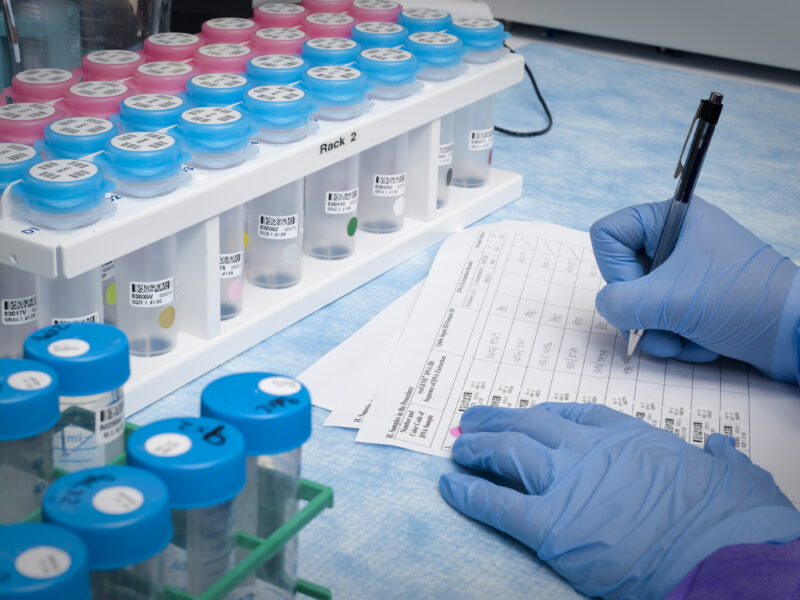Los Angeles is known for many things: movie stars, a mild climate, and poor air quality, to name a few. Yet, media headlines tend to skip over Los Angeles’ other claim to fame. The city is home to the largest, stable population of homeless people in the United States. Skid Row is an area located in downtown Los Angeles, identifiable by its tent-lined streets and abundance of social service facilities. It is estimated that up to 5,000 of Skid Row’s residents live on the streets, entirely dependent on homeless shelters and local NGOs for everything from housing and food to medical care. And when the temperature drops, which it does even in the city of angels, Skid Row’s most impoverished residents seek an available bed in one of the permanently overcrowded shelters.
It is not altogether surprising then that these congested conditions triggered an outbreak of tuberculosis (TB) that health officials are now scrambling to contain. The city has been battling this strain of TB, dubbed by some as the ‘Skid Row strain’, since 2007. Seventy-eight people have been diagnosed with the strain, 11 of who have died. Sixty of the diagnosed cases were from the Skid Row area.
More than 4,000 people are at risk of infection with this strain, making this L.A’s largest outbreak in a decade, according to Dr. Jonathan Fielding, director of the L.A. County Department of Public Health. Specific emphasis is being placed on 300 high-risk individuals, who may have had prolonged exposure to the strain during their stay at a local homeless shelter.
Unfortunately, tracking down 300 homeless people is no easy feat. This population is notoriously difficult to find, diagnose, and successfully treat for tuberculosis due to their transient state and lack of identification or traceable items, such as cell phones or credit cards.
Living on the street increases one’s risk for substance abuse and infection with HIV, conditions conducive to the transmission of TB. Further, given that homeless individuals rarely access medical care, it is difficult to diagnose TB cases within this population. To successfully locate the 300 potentially exposed individuals before the outbreak widens its reach, L.A. health officials have enlisted the help of the CDC. “It’s a well-defined population and a relatively small geographic area with a difficult population to work with, so we’re putting a concentrated effort into making sure these individuals who are already vulnerable are getting attention,” remarks Dr. Fielding,
Thankfully, this strain of tuberculosis is susceptible to drugs. If diagnosed in its early stages, a 6 to 9 month regiment of antibiotics will cure the disease. To ensure that this vulnerable population receives the necessary care, newly issued guidelines suggest that homeless shelters determine whether all incoming clients, employees, and volunteers have been screened for TB, and refer those who have not been screened or who require treatment to a health facility.
At this point, the general public is not at risk of contacting the Skid Row strain, since frequent and close contact with an infected individual is necessary to successfully transmit the bacterium.

